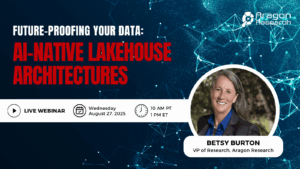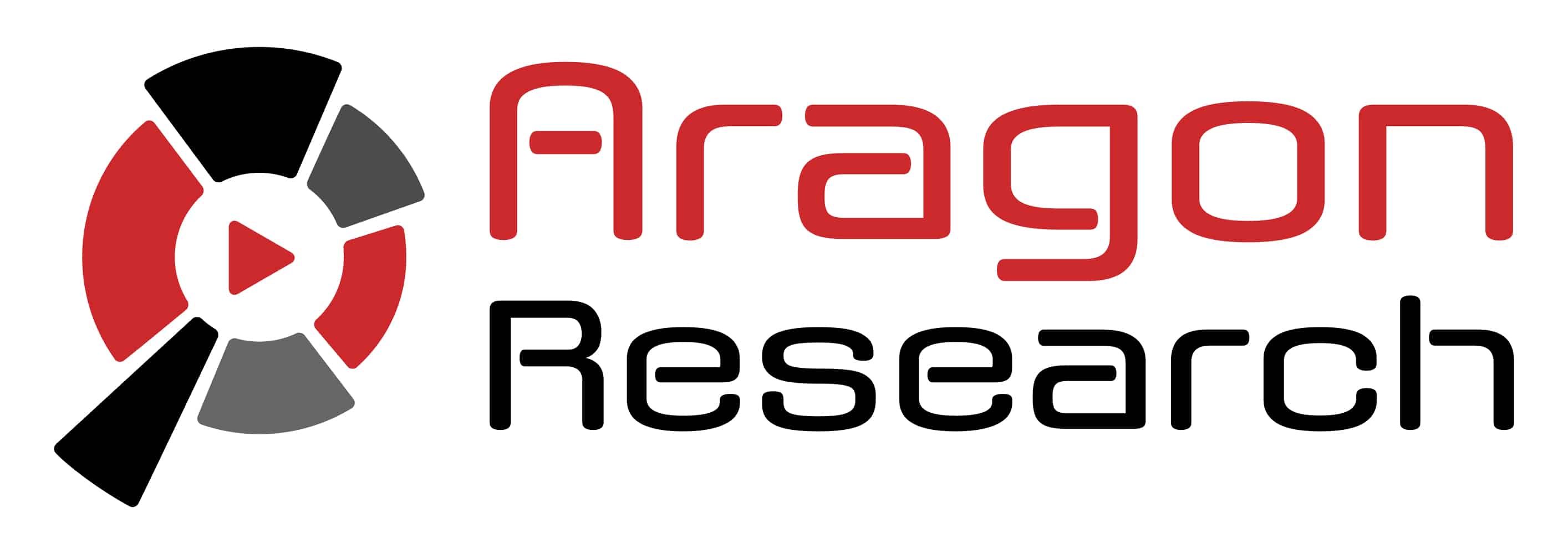GPT-5 Lands With a Pragmatic Pitch: Efficiency First

GPT-5 Lands With a Pragmatic Pitch: Efficiency First
OpenAI’s GPT 5 lands with a practical pitch: cheaper to run, better at code, and designed for scaled enterprise use, without pretending to reinvent intelligence.
Achieving Major Reductions in Costs
GPT 5 puts economics at the center. Lower unit costs aim to make the model a volume platform for teams that need predictable spend and steady throughput. OpenAI positions it as a premier coding model with stronger end-to-end implementation and debugging. On price and capability, it is meant to be competitive with market leaders like Anthropic Claude for developer work. The signal to buyers is direct and very enterprise-friendly. More capability per dollar and fewer tradeoffs between experimentation and deployment.
OpenAI also claims a lower rate of hallucinations. That helps, but it does not erase risk in high-stakes settings where accuracy and provenance must be assured. Human review and grounded workflows remain necessary in those lanes. Where the new economics bite quickest is with small and mid-sized businesses. Spreadsheet automation, basic data transforms, and marketing content generation become easier to justify because they create visible value without requiring a heavy platform investment.
What It Signals About Scaling Limits
If GPT 5 is a clear win on efficiency, it is a more modest step on general intelligence. Presumably the largest model to date, it does not show a decisive break from GPT 4 beyond slightly higher scores on familiar benchmarks. That gap between prelaunch hype and real world experience will harden a view that simple increases in pretraining scale are delivering diminishing returns.
The path forward likely shifts toward how models think at test time rather than only how large they are at train time. Techniques such as structured reasoning, retrieval, tool use, and routing look increasingly central to unlocking new behavior. There is also rising interest in architectures that do not follow the classic dense transformer recipe. In other words, future capability gains may depend as much on system design and inference strategy as on another order of magnitude in training.
Bottom line
GPT 5 is an impressive efficiency gain and a pragmatic product turn for enterprises, yet it also tempers the narrative that scaling laws alone will deliver near term breakthroughs, suggesting that progress will rely on better inference methods and new system designs rather than raw size alone.
UPCOMING WEBINARS

AI Contact Center and the Agentic Era: What You Need to Know
The age of AI is no longer a future concept; we have officially entered the Agentic Era, where intelligent agents are becoming core members of your contact center team. This fundamental shift introduces a powerful new dynamic, with digital and human agents working side-by-side to redefine customer engagement and operational efficiency. In our webinar, Aragon Lead Analyst Jim Lundy will help you understand exactly what you need to know about this transformative period. We will equip you with the actionable insights and strategies you need to prepare your enterprise for this evolution.
Key Trends being covered:
• The current state of Contact Center – and how AI is shaping it
• The Agentic Agent Era and how Contact Centers will leverage it
• Best Practices for gaining a competitive advantage
Register today to ensure your organization is ready to lead the charge in this new era of intelligent customer service.

Future-Proofing Your Data: AI-Native Lakehouse Architectures
As data environments evolve, so too must their underlying architectures. This session investigates how AI-native lakehouse architectures are key to future-proofing your data. We’ll cover why embedding AI capabilities at an architectural level is becoming important for scalable analytics and timely insights, providing a framework for designing a lakehouse that is not just compatible with AI, but inherently designed for it.
- What defines an “AI-native” lakehouse architecture?
- What are the key architectural components of a truly AI-native lakehouse?
- How do AI-native lakehouse architectures contribute to long-term data governance, scalability, and adaptability?

Have a Comment on this?